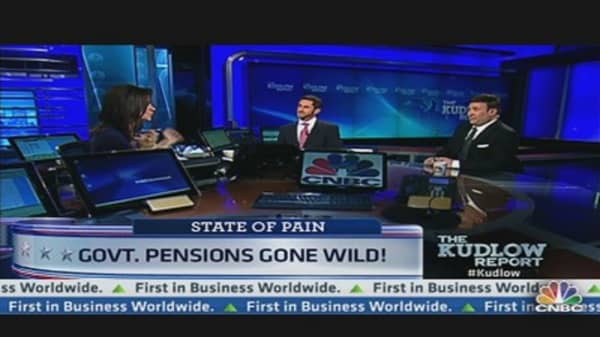One of the biggest mistakes investors in managed funds make is chasing returns. Now, New York City pensions look as if they want to make chasing returns official policy.
Larry Schloss, the city's chief investment officer, wants New York to emulate the Ontario teachers pension fund. It's easy to see why. The fund has seen a 9.6 percent return on its investments since 2003, compared with an 8 percent gain in New York's pension funds.
What's more, Ontario pays far less in fees to asset managers because it actually makes investment decisions on its own. To do that, it employs real live investment professionals, paying competitive salaries. By contrast, the guys running New York's pension system get paid an average of $100,000 each. Schloss earns just $224,000.
He imagines that the city could hire "a VP at MetLife who makes 500,000 bucks." But this is probably unrealistic.





